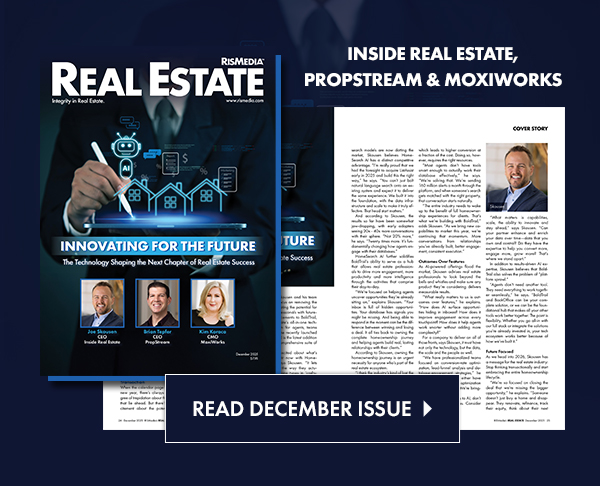In today’s real estate market, complexity is the norm. Deals are slower, margins are tighter, and tech fatigue is real. For agents and brokers already juggling compliance requirements, client expectations, and razor-thin timelines, a bloated tech stack isn’t just inconvenient—it’s costing business.
That’s why top-performing teams are trading fragmented systems for all-in-one platforms designed to streamline everything from lead to close.
The new normal: Why real estate feels tougher than ever
Unlike past downturns, today’s challenges aren’t just cyclical—they’re structural. Here’s what’s driving the pressure:
- Rising compliance demands: With new mandates like NAR’s buyer agreement rule taking effect in August 2024, compliance is becoming more complex—and more critical.
- Shifting client expectations: Modern buyers and sellers expect real-time communication, transparency, and digital convenience. Agents are under pressure to deliver a high-touch experience with limited resources.
- Deal volume down, competition up: Elevated interest rates and affordability challenges mean fewer transactions—and fiercer competition for each one.
Bottom line? It’s a lot to manage.
That’s why the right platform matters. “Real estate moves fast—and complexity kills momentum,” says SkySlope CEO Tyler Smith. “The all-in-one platform doesn’t just keep you organized; it gives you leverage.”
What makes an all-in-one platform actually work?
Not all “all-in-one” solutions are created equal. The real value lies in how seamlessly everything connects. A true all-in-one platform doesn’t just bundle tools—it synchronizes them.
That means:
- One login.
- One system of record.
- No double entry or clunky integrations.
From CRM to forms, e-signatures, offers, compliance, and accounting, every piece works in unison to reduce friction and save time.
But here’s the catch: many platforms still leave critical gaps—especially in the back office.
Accounting: The silent power tool
Accounting may not be flashy, but it’s often the difference between smooth operations and costly errors. Brokerages that use transaction platforms with native accounting tools reap key advantages:
- Real-time payouts tied to live deal data
- Built-in compliance with agent GCI, caps, and custom splits
- Less manual entry, fewer mistakes, faster payments
While QuickBooks can fill in gaps, it’s not built for real estate. Purpose-built solutions offer the precision and automation today’s brokers need.
What else should you look for in all-in-one?
To cut complexity and boost productivity, focus on platforms that include oft-overlooked, but high-value features:
- Offer management: Keep negotiations clean and centralized.
- Built-in error detection: Flag issues before they become risks.
- Broker oversight tools: Support coaching and compliance at scale.
- CRM or integrations: Feed your funnel straight into the workflow.
The bottom line: Simplicity is the strategy
In a market full of change, top brokerages aren’t adding more tools—they’re streamlining. “Success doesn’t come from managing tech,” says Smith. “It comes from tech that manages itself. With an all-in-one platform, your tools manage the work, so you can manage the win.”











